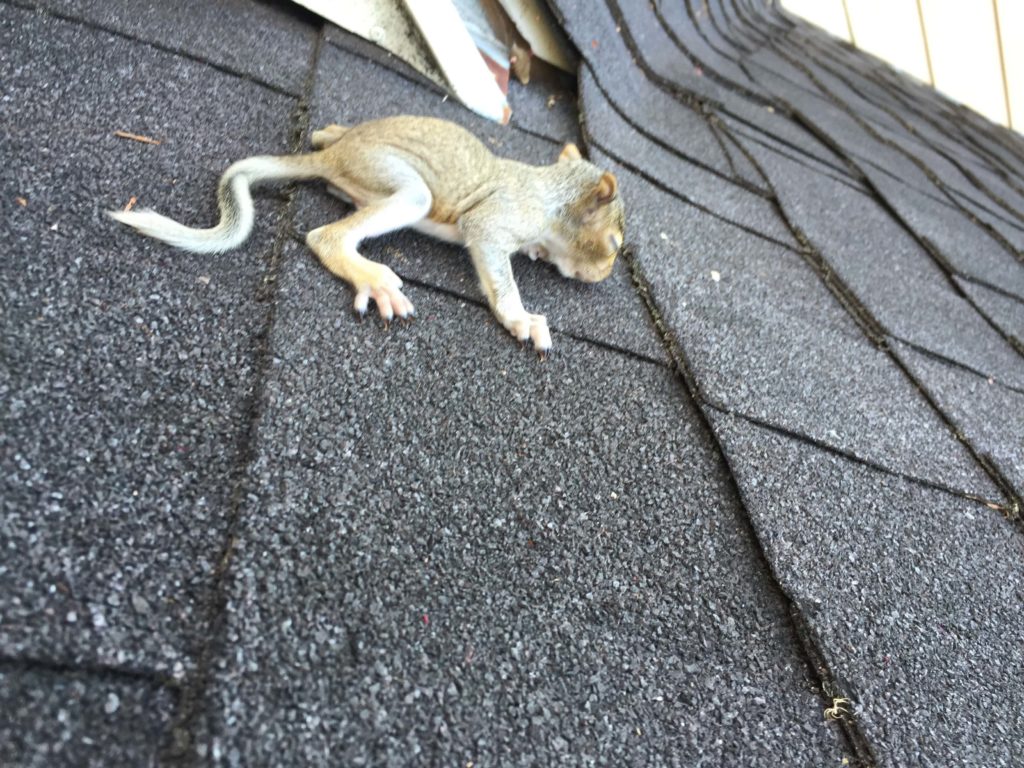Yellow jackets and Hornets
August 13, 2016Squirrels and Winter Storage
September 30, 2016
About Squirrel Breeding
The Eastern Gray Squirrel has two breeding seasons each year. They will breed each spring and fall. Gestation lasts around six weeks, and then the mother squirrel will have between two and eight babies. They will be cared for between 7 and 10 weeks before weaning and leaving the nest. Squirrels can either nest in leaf nests or tree dens, though due to the protection element from temperature and predators they are much more likely to have their babies survive in tree dens or in places like your attic. They will gnaw tree bark and vegetation to create a soft, downy surface for their babies to lie upon. Squirrels will use the same tree den year after year.
About Rat Breeding
A captive rat in a laboratory or pet shop can breed year-round. However, in the wild, rats are like squirrels with two breeding seasons per year. Gestation is only three weeks long, and they have litters of five to fourteen, typically around seven. These babies will become sexually mature within five weeks, which gives the opportunity for two generations of litters within a season. Rats are colony nesters, which means that you can go from two rats to several dozen within the course of a single breeding season. Rats will again choose places protected from the weather and hidden from people, like your attic or crawl space. If they choose an underground location, a large colony can tunnel so extensively that it may put your foundation at risk.
Attic Damage from Breeding Rodents
If breeding rodents are allowed to continue unchecked, they can cause a large amount of damage to your home. Rodents don’t have designated bathroom areas, which means that the entire attic can become covered with urine and feces. This can be smelly and dirty to experience, can damage the structure of the building and may create health hazards. They will bring soft materials in from the outdoors, like bark and leaves. They may also “borrow” some nest materials from your insulation. As the colony expands, they will explore larger regions of your attic or home. This can mean holes in your siding or roofing, chewed electrical wires and damage inside of your walls. The longer that this is allowed to progress, the more expensive it can be to fix.
If you believe that you have rodents in your attic, it is important to act quickly. The damage done by one or two is nothing compared to the trouble that an entire family of rodents can create. Working with professional wildlife management companies means a full-rodent control service and removal. They can find your problem, ensure that all of the family members have been removed, and seal all of the entrances and exits to keep the problem from happening again next breeding season.

